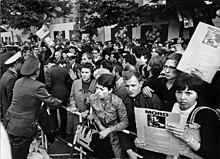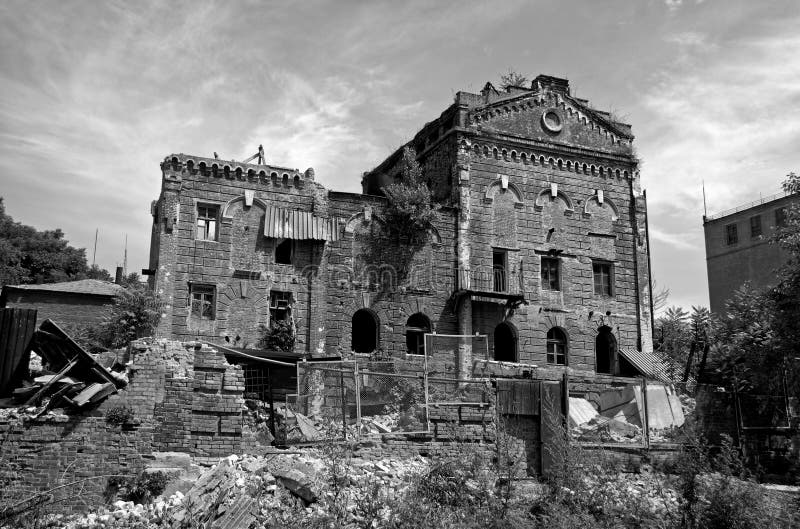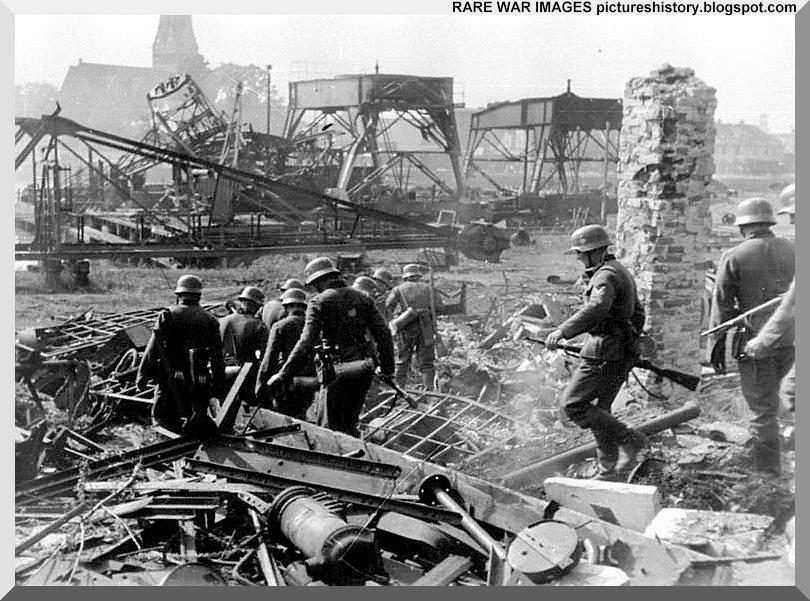dcd
Banned
Goring strikes me as probably the most interesting option,as he's an alternative to both the Bormann collapse and the GO4.Not to mention Heydrich/Himmler.THE HISTORY OF HERMANN GÖRING’S REICH: PART ONE.
History has long regarded the curious case of Hermann Göring as one of humanity’s great peculiarities. To some, he was a second Alexander the Great. To others, he was a raving lunatic of a despot. However, the actual portrait of Hermann Göring is much different.

German troops preparing for Operation Tannenbaum.
Namely, a man in over his head.
To understand the true nature of Göring’s Reich, we must go back to the time before Hitler’s death.
While Speer managed to gain traction amongst the few reformers in the Reichstag, Göring originally wanted to woo the conservatives, given he himself actually didn’t want to work with the die hard militarists in the first place.
Hermann Göring, future second Furher of Germany.
Ironically, Göring himself didn’t want to start very many wars at all, continuing to be wary of military action.
However, Göring’s plans to woo the conservatives failed due to several factors.
As such, Göring was out of options with the conservatives, a majority of which flocked to Bormann.
- The Meddling of Hans Speidel, a war hero who was beloved by the Reich. While a reformer like Speer, he was a more reluctant one and several conservatives could get along with him.
- The meddling of Adolf Hitler himself. While growing in senility and isolation from the Reichstag, he continued to keep a paranoid eye on his subordinates, and saw Göring attempting to insert himself firmly in the conservative bloc as “concerning.”
- The meddling of his rival among the conservatives and eventual victor of the political power struggles in the Conservative Bloc, Martin Bormann. A man with incredible control over access to Hitler, Bormann quickly caught onto Hitler’s worries and aided in increasing his paranoia.
This left him with only one option were he to remain a viable contender for the Reich: The Military.
Göring flocked to the warhawks and young fanatical officer corpse of the successfully radicalized portions of the German youth, and began quoting their rhetoric. Making his own speeches of the Reich’s superiority. Entrenching himself with them, Göring quickly became the popular candidate for the fanatical camp of the Nazis.
Then, Hitler on his deathbed declared Reinhard Heydrich, a proud supporter of Spartanism and Burgundian Values, his heir.
The reaction was instantaneous.
Albert Speer went into hiding, leading his student movement from safety while at the same time preparing his own route out of Europe in case things went wrong. Martin Bormann in the meantime, used his political clout and the conservative majority in the Reichstag to stonewall any of Heydrich’s suggestions, while planning his own more popular resistance.
One of multiple protests by Speer’s supporters, which regular police departments did their best to slow, or subtly supported them. Heydrich’s response to the marchers was to inform SS divisions to respond with gunfire. The exact number of student deaths remains unknown.
However Göring’s own declaration to resist Heydrich was supported by the veterans. The hard liners. The young fanatical nazis who bashed student movement protestors in the streets.
Entire military divisions, along with members of the Kreigsmarne and the majority of the Luftwaffe prepared for the moment.
It was in this political climate of riots, murders, and preparations that Adolf Hitler went into cardiac arrest.
Approximately a single week passed before the German Civil War started, and Heydrich’s hardened SS divisions had to deal with a single fact:
Namely their lack of popularity all across Germany. It was incredibly hard for them to hold territory without student divisions, Hitler Youth, and young military divisions managing to slip in and cause plenty of damage, supported by popular resistance.
Their response to the sabotage and resistance was even more brutal excesses which led to more resistance.
It was not long before Heydrich was recalled to Burgundy, and was welcomed by a firing squad.
This left Bormann, Speer, and Göring fighting while Speidel held Germania.
Though Speer had international support from members of the OFN, other members worked to hamper him and the support was unpopular amongst Germans.
Though Bormann had more widespread support among Germans, Speer had many parts of the Kreigsmarne and cut off any shipments from any loyalists in the RKs, and Göring had air superiority.
However, the thing that sealed Göring’s total victory was the Briton connection.
Brittany, an arms dealer at heart and master of the black markets was well aware that they might gain a profit from Göring’s actions, and began adding to his already large quantities of arms and soldiers with more guns and mercenaries.
Any rumors of Burgundian support to Göring would be absolutely false, though they were occasional at the time.
What is concretely known is that after a year and a half, Bormann and Speer saw the writing on the wall.
Bormann himself fled to Donitz’s government, where he boarded a ship after giving a speech to his loyalists. Sightings of him would continue throughout the 1970s.
Speer meanwhile, fled to Sweden and through a large amount of political wrangling, managed to get a plane ticket to America.
Hermann Göring was reluctantly welcomed into Germania by Speidel, and the First German Civil War was over.
Göring now ruled the Reich.
Will there be a part 2?






